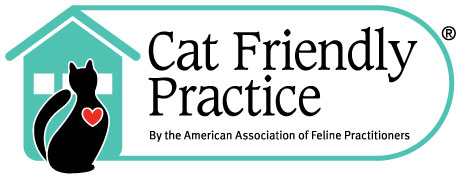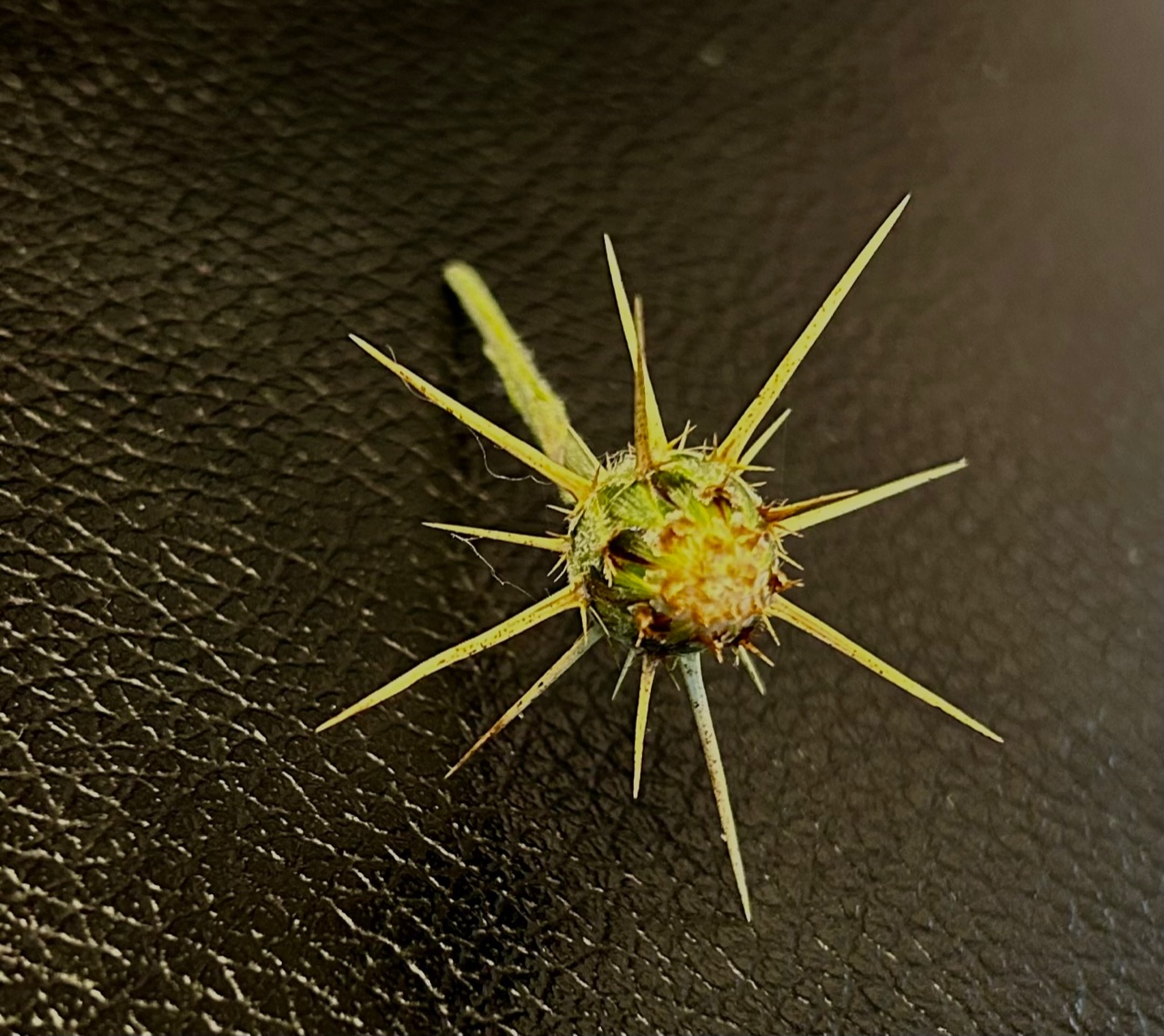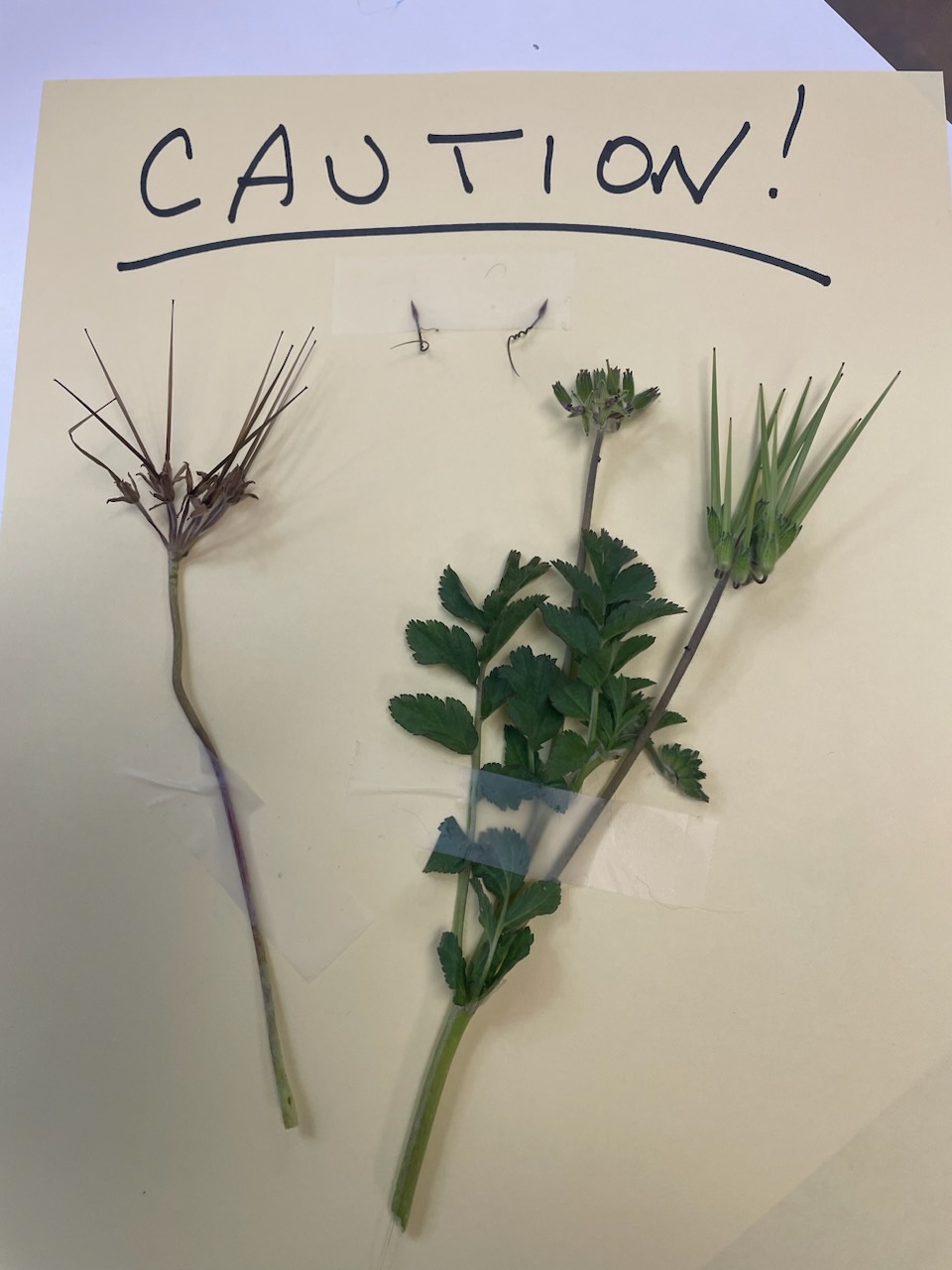Are you hungry? That ™s your stomach talking! The stomach lies just behind the liver inside the abdomen (belly), just where your pet ™s ribcage ends. It receives food and fluid from the mouth and esophagus and serves as a temporary storage area. The stomach produces acid that helps to start the digestive process. There is so much acid, that the pH is lower than that of your car battery! Luckily, the stomach produces mucus constantly to provide a layer of protection between the acid and the stomach lining – without this mucus, the acid would digest the stomach wall itself! The stomach is in almost constant motion. This serves to mix up and break up the food that is ingested, so that it is in sort of a milkshake consistency when it enters the intestines. There is a donut-like sphincter muscle at each end of the stomach. At the esophagus end, this sphincter prevents reflux of acid up into the esophagus where it will erode the lining. At the intestinal end (pylorus), the sphincter controls how much food enters the intestine. The stomach sort of hangs in the body, suspended by each sphincter area – this means it is free to swing and sway, and even flip around on itself. Vomiting, or emesis, is the expulsion of ingesta from the stomach. It can be triggered by overfilling of the stomach, irritation of the stomach, or chemical triggers in the brain that have nothing to do with the stomach.
The gastrointestinal tract can be the source of many problems for pets. We want to help you provide and long and healthy life for your friends, and can help you to be sure their GI tracts are
working well.
by Bonnie Markoff, DVM, ABVP









Leave A Comment
You must be logged in to post a comment.